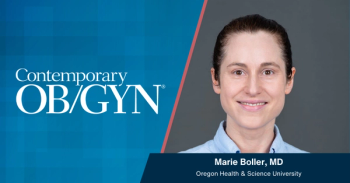
Infants of overweight mothers at risk of asphyxia at birth
According to a recent study in PLoS Medicine, infants born to mothers who are overweight or obese may be at increased risk of experiencing birth asphyxia.
According to a recent study in
Researchers at the Karolinska Institutet performed a nationwide cohort study, using data taken from the Medical Birth Register for all live singleton term births in Sweden between 1992 and 2010. Odds ratios (ORs) for Apgar scores between 0 and 3 at 5 and 10 minutes, meconium aspiration syndrome, and neonatal seizures, which were adjusted for year of infant’s birth, maternal weight, maternal height, maternal age, parity, mother’s education, mother’s smoking habits, and country of birth, were obtained through logistic regression analyses.
Of the 1,764,403 terms births that met specifications, 86% had data on early pregnancy body mass index (BMI) and Apgar scores. Infants with an Apgar score of 0 to 3 at 5 minutes (absolute risk = 0.8 per 1000) totaled 1380 and 894 had an Apgar score of 0 to 3 at 10 minutes (absolute risk = 0.5 per 1000). When compared with infants born to mothers with normal BMI (18.5 – 24.9), the adjusted ORs (95% confidence interval) for those with Apgar score 0 to 3 at 10 minutes were: BMI 25-29.9 (1.32, 1.10 – 1.58), BMI 30-34.9 (1.57, 1.20-2.07), BMI 35-39.9 (1.80, 1.15-2.82), and BMI ≥40 (3.41, 1.91 – 6.09). A similar increase with BMI was found for the ORs for meconium aspiration, Apgar scores of 0 to 3 at 5 minutes, and neonatal seizures. The researchers were quick to point out that the lack of data on neonatal resuscitation efforts and the effect of obstetric interventions were a limitation of the study.
Concluding that the risk of asphyxia in term infants does increase with
To get weekly advice for today's Ob/Gyn,
Newsletter
Get the latest clinical updates, case studies, and expert commentary in obstetric and gynecologic care. Sign up now to stay informed.















